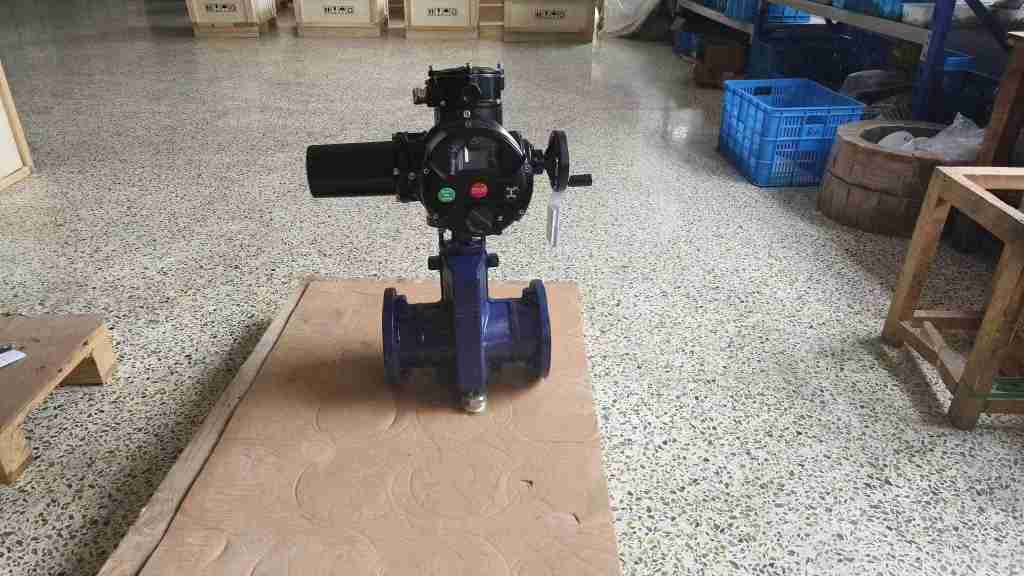Electric pinch valves are critical components in many industrial systems, primarily serving as reliable, automated devices for controlling the flow of fluids through pipelines. Unlike traditional valves, electric pinch valves offer enhanced control, durability, and flexibility, making them an essential choice for a variety of industries. In this article, we will explore the function, benefits, and various applications of electric pinch valves to provide a deeper understanding of why they are favored in specific fluid management systems.

What is an Electric Pinch Valve? An electric pinch valve is a type of valve that operates by pinching a flexible tube or elastomeric sleeve in a pipeline. It uses an electric actuator to apply force to the tubing, thereby restricting or allowing the flow of fluids within the system. The electric actuator can be controlled remotely, which means that the valve can be integrated into automated systems, providing high precision and easy operation. The core of the valve consists of an actuator, a pinching mechanism, and a flexible liner. The flexible liner is typically made from elastomers such as rubber, which is resistant to corrosion and abrasions. When the actuator is activated, it compresses the liner to restrict or stop the flow of the medium, and when the actuator is deactivated, the liner expands, allowing the fluid to pass through.